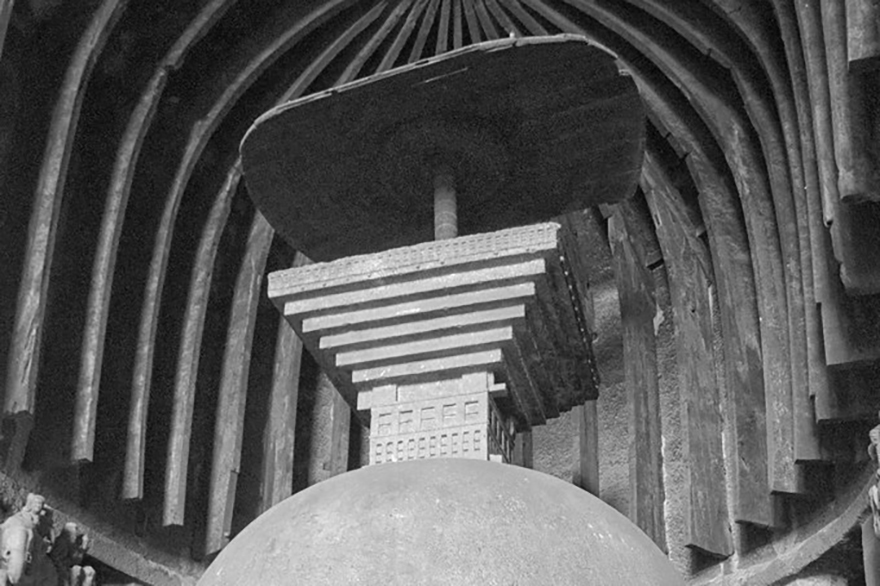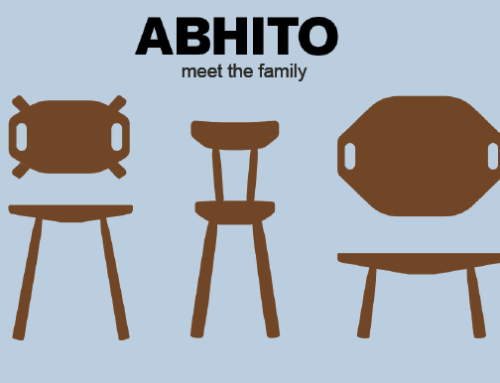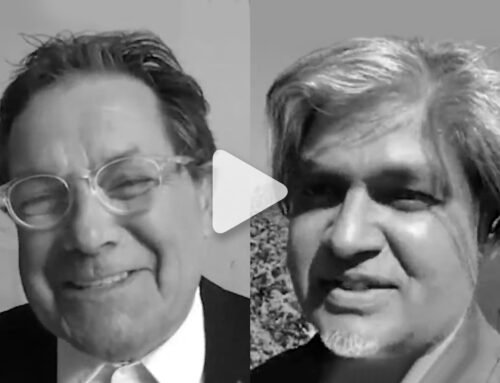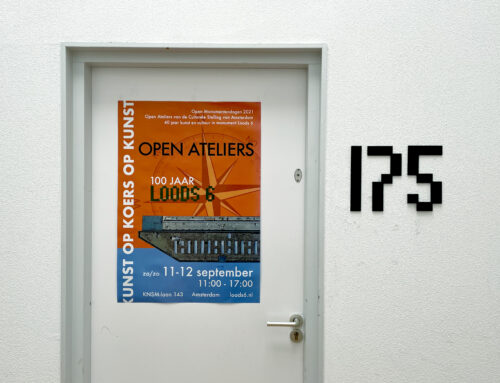Tiziana Proietti and Satyendra Pakhalé
Uncommon Senses III: Back to the future of the Senses | Center for Sensory Studies | Concordia University, Montreal, Canada | 9 May 2021
In this paper we explore senses from the perspective of earliest Buddhist Realizations. Buddhism is not a belief system but an educational system for mind. By the end of the 13th century, Buddhist teachings (Dhamma / the original meaning of the word dhamma is just “good form” not as physical presence or quality but as intrinsic aspect of ‘good meaning righteous way of life’.) died in the country of its birth. The misleading interpretation of such ancient teachings is until today commonly referred worldwide. Going back to the original source, with its sophisticated and already at that time futuristic understanding of senses and human condition can offer fresher clues for designers today.
According to Buddha’s Dhamma, human beings are assemblages of five aggregates: form, sensations or feelings, abstract ideas or perception, tendencies of mind or formation, and mental powers or consciousness. There are six internal sense bases (sense organs: eye, ear, nose, tongue, body, mind) and six external sense bases (sense objects: sight, sound, odor, taste, touch, mental objects). Senses are not thought as belonging to the perceiver but interrelated with the matter of perception. One could tell that Buddhist realizations already anticipated future directions that contemporary studies on senses, perception and atmosphere may take in design culture. We bring this insight about senses, among other topics, in studio practice and research (Alessi et al. 2019).
Bibliography
Alessi et al., Satyendra Pakhalé. Culture of Creation, nai010, Rotterdam, 2019.
Davids Rhys, Buddhist India, 1903, Motilal Banarsidass Publishers, New Delhi, 1993.
Stanford Encyclopedia of Philosophy, Mind in Indian Buddhist Philosophy, 3.2 Sensation and Perception: https://plato.stanford.edu/entries/mind-indian-buddhism/







